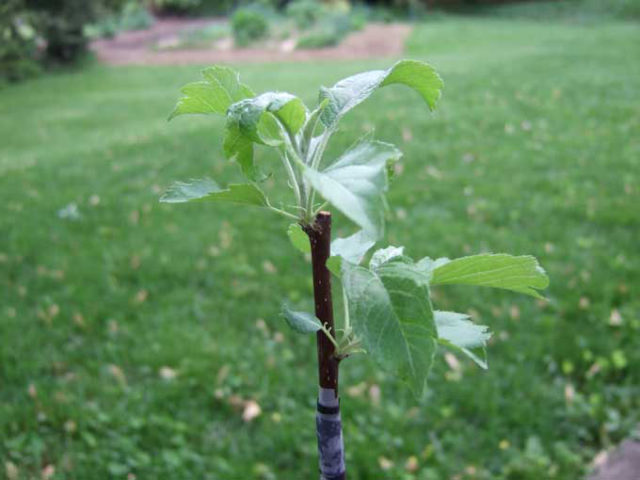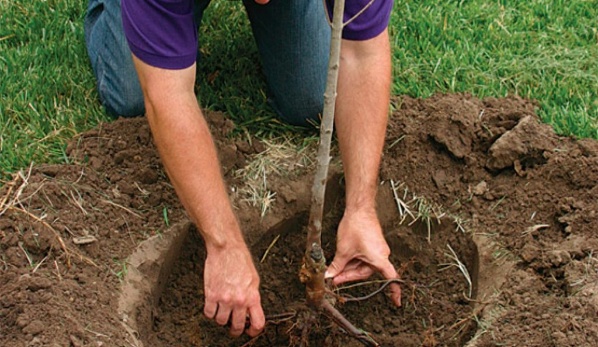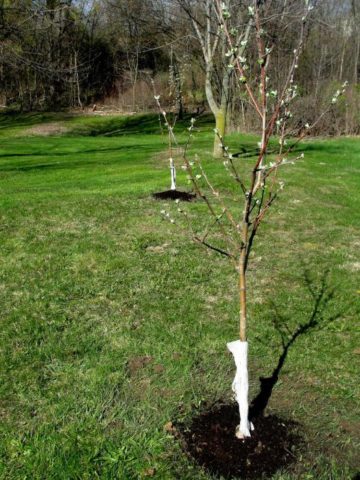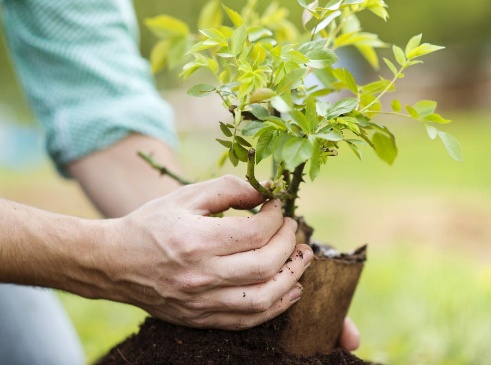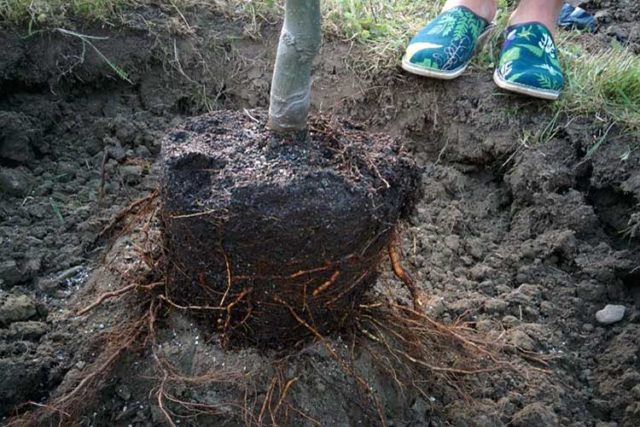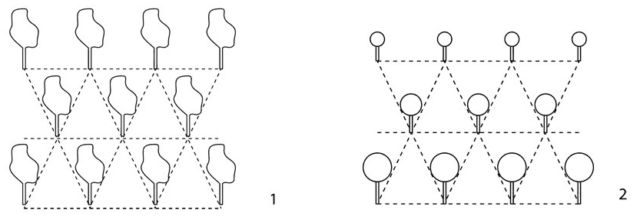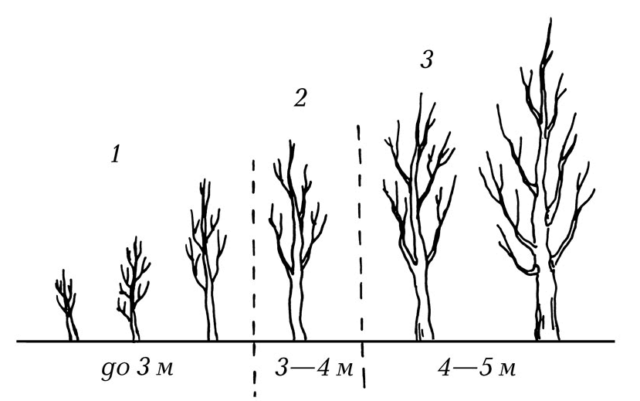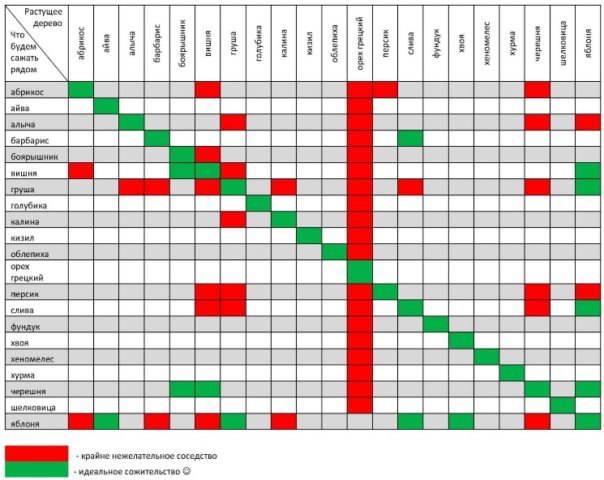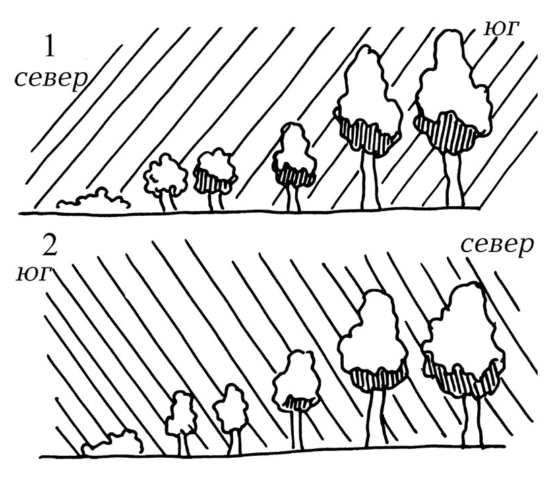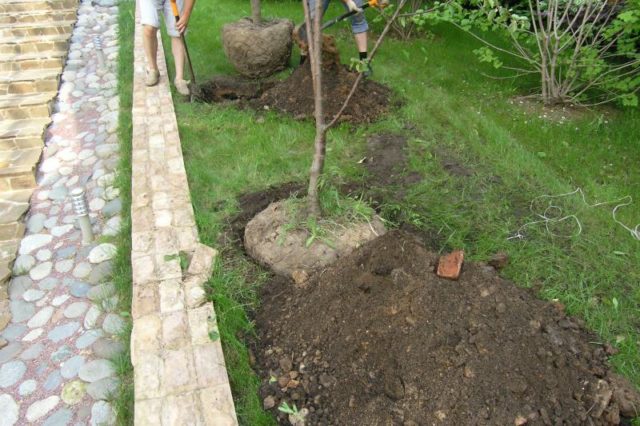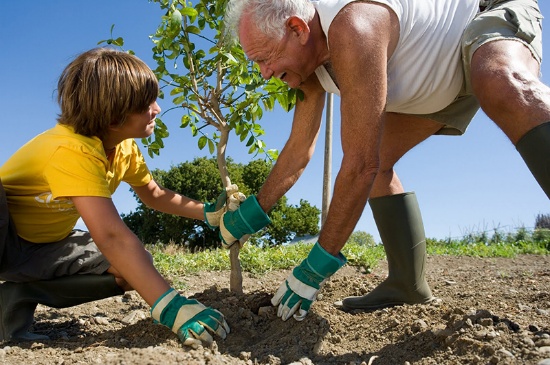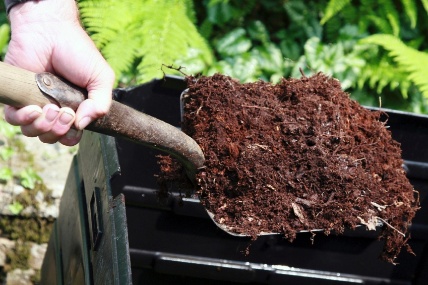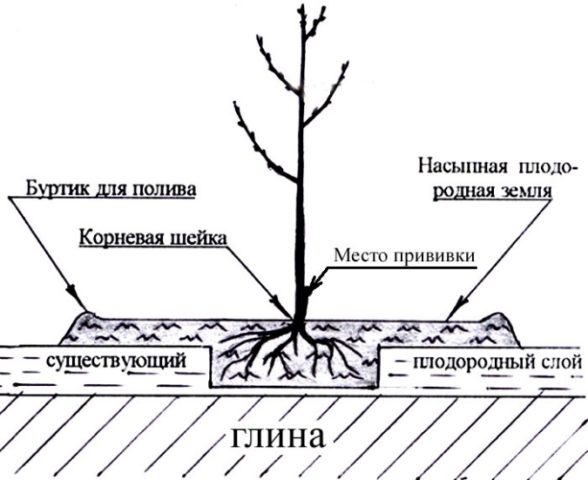Content
Planting fruit trees in the fall less traumatic for trees than a traditional spring transplant. Many gardeners may disagree with this statement based on their own experience. But often this experience is associated with planting the plant too early or too late. And, possibly, with its incorrect planting. It is difficult to get to the bottom of the truth here, much is also connected with the soil in which the tree will be planted. Therefore, the dispute will be eternal, and each gardener will have to solve it for himself.
When to plant fruit trees: fall or spring
In the spring, the entire flora begins to grow, and it seems that just spring is the best time to plant plants. If we are talking about seeds, then - yes. Although there are some nuances here. But young trees are best planted in the fall. The advantage of planting fruit trees in autumn is that the plant wakes up in a new place. Roots begin to grow in the soil undisturbed. If, when planting in the spring, one season is lost, then when planting in the fall, the tree will have time to settle in the soil and will quickly grow in spring.
The main argument of opponents of planting in the fall: the seedling will freeze in winter. This can really happen if;
- the landing was made incorrectly;
- the southern variety of the tree was planted before winter in the northern region;
- the tree was planted before the dormant period;
- in the open root system, the roots are frozen or dry.
But similar arguments can be made against planting in the spring. The landing time in this season is very short: you need to catch the moment between the thawing of the soil and the beginning of sap flow. And the plant is unlikely to have time to recover from the change of residence before the start of the active vegetative period.
When planting in spring, the roots are often overdried, but few gardeners pay attention to this. And against winter freezing, supporters of planting in the fall have little tricks.
Dates of planting fruit trees in autumn
If in the spring you need to catch the interval between the thawing of the soil and the beginning of sap flow, then when planting in the fall, you will need to choose the time interval between the seedling falling asleep and the onset of frost. The timing of planting fruit tree seedlings in autumn depends on the region and the long-term weather forecast. In autumn, the interval between the plant hibernation and frost is slightly longer than the spring interval. It is necessary to plant a tree in such a way that there are still 2-3 weeks left for stable frosts. These days will allow the plant to settle down a little in a new place.
Dates of autumn planting of fruit trees in different regions
Given that the timing of planting in the fall is tied to frost, they differ greatly in different regions. In Central Russia and the Moscow region, this is the middle or end of October. And sometimes later. In the Urals or Siberia - September. However, with today's weather disasters, it is impossible to predict where frosts will come first. Therefore, you will have to focus on the weather forecast. It should be remembered that planting a tree too early in the fall will also have a very negative effect on it.
The main mistake of summer residents is the desire to buy a seedling in early autumn, while there is a choice and there are warm days. But buying and planting a tree before it falls into a dormant state just leads to the fact that the plant dies in winter.
In the northern regions, it is not recommended to plant heat-loving varieties of fruit crops in winter. If a tree in winter requires complete wrapping in insulation materials, it is really better to wait until spring with its planting. But all that has been said applies only to seedlings with an open root system, which will be very difficult to endure any transplant.
How to plant fruit trees on the site: scheme
Spring and autumn planting patterns do not differ from each other, since trees have been growing in this place for many years. But when planting one- or two-year "twigs", gardeners have a desire to save space and plant fruit trees closer to each other. In this case, one must remember that small seedlings will very quickly turn into large fruit trees, grow and begin to compete for a place in the sun.
To prevent this from happening, several factors are taken into account when planting trees:
- which stock was inoculated: vigorous or undersized;
- what height each of the species of fruit trees grows;
- whether the trees in the garden will be planted in lines, staggered, or wherever there is room.
The distance between fruit trees when planting is determined based on the height of the rootstocks:
Rootstock | Distance between rows, m | Distance between plants, m |
| Apple trees |
|
Tall | 6-8 | 4-6 |
Middle | 5-7 | 3-4 |
Low | 4-5 | 1,5-2 |
| Pears |
|
Tall | 6-8 | 4-5 |
| Plums and cherries |
|
Tall | 4-5 | 3 |
Low | 4 | 2 |
An idea of what small, medium and tall trees look like can be obtained from the picture below.
If fruit trees are planted in a personal garden for themselves, then take into account the area that the root system of an adult plant will occupy:
- apple trees - 72 m²;
- pears - 45 m²;
- plums - 30 m²;
- cherries - 24 m²;
- cherries - 20 m².
In real life, plant roots are intertwined and areas of root systems overlap. Therefore, fruit trees will take up less space. But when planting, one must take into account not only the size of the root system, but also the compatibility of fruit trees with each other. The table below shows the compatibility degrees of the trees.
How to plant fruit trees in autumn
When planting fruit trees, not only their compatibility and distances are taken into account, but also the shade and moisture content of each of the tree species. When growing southern species in northern regions, one must also focus on the thermophilicity of the plant.
Site selection and soil preparation
A place for planting is chosen so that later overgrown trees do not interfere with each other. It is desirable that the site be flat, but if it is located on a slope, you will also have to take into account the height of the trees. It is recommended to plant fruit trees in the direction of the sun's movement so that tall varieties do not obscure the undersized ones. When there is not much to choose from, they are guided by the shadow of a tall object and calculate how to plant trees so that later they do not overshadow each other.
At the selected site, the height of the groundwater is estimated so that in the fall or spring the roots of the seedling do not end up in ice water. If the water is high, drain the area. Drainage ditches must be at least one meter deep.
Pit preparation
They begin to prepare a hole for seedlings 2 months before planting. The size of the hole is 60-70 cm, the diameter is about 1.5 m. When digging a hole, the soil must be removed in layers, putting the fertile part of the soil in one direction, everything else in the other. Stones from the ground must be selected.
Usually this is a fairly thin layer of soil, under which there is sand or clay.
At the bottom of the dug hole, 3 buckets of humus are poured, and leaving them to lie on a mound and compressed under the influence of external factors.
The roots of the tree are spread over this mound. The technology of planting a plant with closed roots is different and more about it below.
Opinions are diametrically opposed to the addition of fresh manure. From "it is impossible in any case" to "in winter, the dung will warm the roots of the tree and protect it from freezing."
In the spring, fresh manure is really categorically contraindicated. When planting in the fall, one should focus on the experience of the region's gardeners. Only one thing can be said with confidence: only cow or horse manure can be used fresh, and in no case pork or bird manure. The latter are "cold" and very caustic. They do not emit heat when overheated and are even capable of poisoning the plant.
Soil preparation
When the pit is ready, shortly before the autumn planting, they begin to mix the soil with fertilizers. The fertile layer removed from the pit is stirred. They try to use the bottom soil as little as possible. If the soil on the site is sandy, it is recommended to add clay to it. And vice versa: sand into clay soil. The soil prepared for planting is mixed with fertilizers. There are 2 equivalent options here:
- Ash bucket (½ stone bucket) + 1-2 buckets of humus + 2-3 buckets of compost;
- 1.5 tbsp. l. superphosphate and 1 tbsp. l. potassium salt instead of a bucket of ash, the rest is similar to the first option.
Superphosphate and salt are mixed with a small amount of soil and poured onto the bottom of the pit.
For a tree with ACS, humus with compost is not needed, they already lie in the hole as a mound.
Plant pit with ZKS
The bottom of the pit is loosened to a depth of 20-30 cm, a peg is driven in and the pit is filled with ready-made soil mixture to the brim. Sprinkle with 2 buckets of water. After the soil subsides, the earth is filled up until the edges of the pit are compared. Leave to wait for the tree.
Selection and preparation of seedlings
What to look for when buying a seedling:
- Vaccination. Unscrupulous sellers sometimes sell wilds. Wildlife can be identified by a straight trunk without a hemp and a bend at the grafting site.
- The tree should be no more than 2 years old. This is especially true for apple trees, which develop a powerful root system by the age of 3. When digging up a 3-year-old apple tree, you will have to chop off the roots, which will worsen the survival rate of the fruit tree.
- In a seedling with ZKS, the roots should tightly hold a clod of earth, but not braid it.
- The seedling should not be easily removed from the pot (this is evidence that the tree was shoved into the pot just before selling and its root system is open).
- You can not take a seedling from ACS if a significant part of its roots are damaged, frozen / dried or rotted.
- Shoots should be well-budded and lignified along their entire length.
- The bark should be smooth, free of cracks or other damage.
If the roots of a seedling with ACS have dried out, it can be put in water for a day. All damaged parts are removed before planting.
Algorithm for planting fruit trees
The trees are ready, the pit too. You can start planting. Planting plants with ZKS in autumn is the most gentle of all. Often, the tree does not even notice that it has been transplanted to another place.
In the finished hole, a recess is dug in the size of an earthen coma. A tree is placed there so that the root collar is at ground level. And the vaccination site is much higher. Trampled and tied to a peg.
Two important points:
- if the fruit tree already has a branch, the height of the peg should not reach it and damage it in the future;
- the garter of the plant to the peg is made in an 8-shaped loop and the center of the eight should be between the tree and the peg.
After that, the pit is watered with water and the plant is left alone.
The tree with ACS must be planted as quickly as possible. The roots of the tree are straightened over the same harvested mound. If the hole is too deep, soil is added to it.A tree is planted according to the same rules as a plant with ZKS.
Experienced gardeners do not recommend leaving the traditional water bowl around the trunk. The soil in the pit will sink, the "bowl" will deepen. As a result, water will accumulate in the pit. Especially in the spring after the snow melts. Not only the root collar will suffer from water, but also the place of inoculation. Therefore, it is better to make the pit flush with the ground. So that the water is well absorbed, it is enough to mulch the root circle with peat or compost.
If there is clay under the fertile layer, the hole is dug so that the tree can grow roots in the fertile layer. Otherwise, it will die due to the water accumulated in the clay pit.
Seedling care after planting
When planting in the fall, tree pruning is usually not done. But not in all cases. If the tree is older than 2 years, it may already require corrective pruning for further crown formation. But even this procedure should be postponed until the spring.
To protect the new tree from frost, in November it is covered with insulating material. At 1-2 years old, fruit trees are still small enough to be completely covered with branches.
Conclusion
Planting fruit trees in autumn not only promotes good survival of young plants, but also allows you not to limit yourself in your choice. In the fall, significantly more seedlings are sold than in the spring. And the prices for them are lower.
